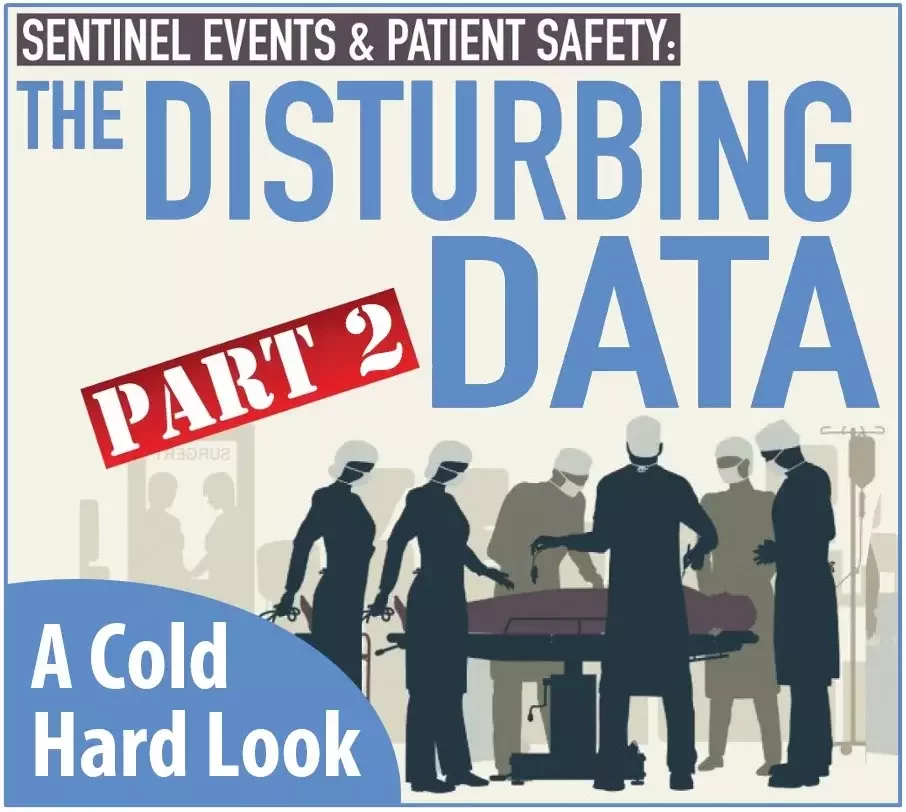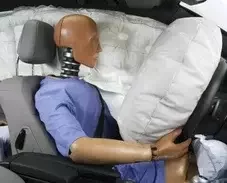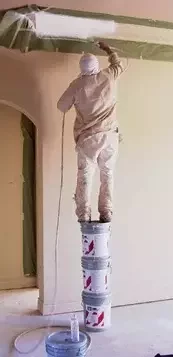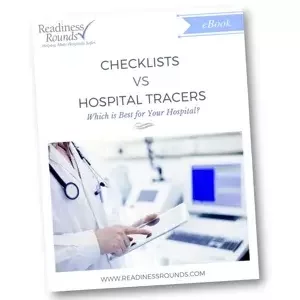
In Part 1 of this blog post, we looked at the Summary of Sentinel Events that was released by The Joint Commission (TJC) on February 9, 2016 (1) and compared the number of affected patients in our hospitals (936 reports) to the recent recall of

The NTSB has recalled more airbags since I wrote Part 1, even without the occurrence of additional driver injury or death.
The continuation of this blog identifies and examines a major barrier hindering improvements in the healthcare industry, based on TJC Root Cause Analysis, and outlines observations that must be made when considering solutions to make advances in patient safety at your facility.
If you haven’t had an opportunity to read Part 1 of the blog, or would just like to review the discussion, here is the link.
I would like to raise the red flag here and disclose that if you (or your facility) are

facility,2 fighter jets crossing paths in the sky or are they swept under the rug as they have been for so many years in the past? Last week, I was in a facility where an employee openly admitted that he oftentimes “turned the other cheek” when a safety issue was discovered – really?

Are you skimping on safety?
Is patient (and employee) safety something that’s presented during orientation

etribution) when a potential risk to a patient is observed? How many potential events could be avoided by someone just speaking up?
How well and how often do leaders communicate with the front-line staff?
Do leaders know the names of the people that work for them and where it is

implementation and monitoring may help to kick start your hospital’s transition into a high-performance and high-reliability organization.
It’s time to stop ignoring safety in our facilities. Too many patients have been injured or killed in U.S. hospitals and there are no longer any excuses for this happening….start taking the steps to turn your organization around, before it’s too late for one of your patients.
Have you checked out our recent ebook Checklists Vs. Hospital Tracers? Download for free to learn which may be best for your hospital.

Works Cited
(1) Axlund, W. (2016, 3 10). Readiness Rounds Blog. Retrieved from http://www.readinessrounds.com/blog: http://www.readinessrounds.com/blog/sentinel-events-and-patient-safety
(2) Douglass, F. (n.d.). Brainy Quote. Retrieved from Brainy Quote: http://www.brainyquote.com/quotes/quotes/f/frederickd101257.html
(3) The Joint Commission. (2016, 2 9). Sentinel Event Data Root Causes by Event Type: 2004 –2015. Retrieved from The Joint Commission: http://www.jointcommission.org/assets/1/18/Root_Causes_by_Event_Type_2004-2015.pdf
(4) The Joint Commission. (2016, 2 9). Summary Data of Sentinel Events Reviewed by The Joint Commission. Retrieved from The Joint Commission: http://www.jointcommission.org/assets/1/18/2004-2015_SE_Stats_Summary.pdf
